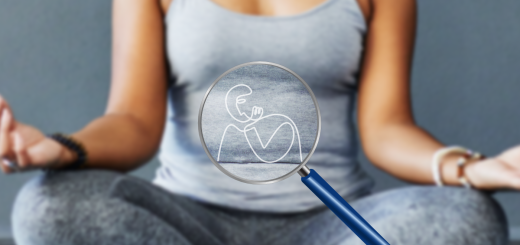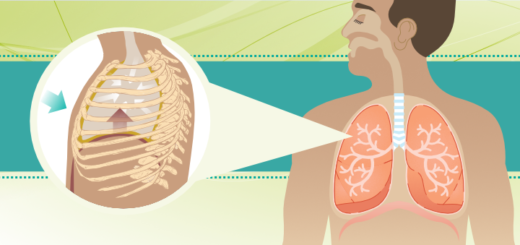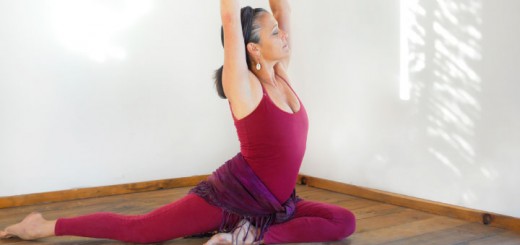Take care of your lower back and sacrum
0Last week we explored how hormonal fluctuations, pregnancy and postpartum challenges, recurring asymmetrical activity, and sports injuries can lead to sacroiliac joint (SI) dysfunction and manifest as lower back pain. Once your SI joints are destabilized, it becomes much easier to irritate them, which means that you would need to take extra care of your lower back and sacrum to keep them happy and pain free.
Here are some steps you can take to deal with your current discomfort and to prevent future occurrences:
- Identify the problem. SI joint dysfunction usually manifests as localized discomfort on one side of the lower spine that gets aggravated by prolonged sitting, standing, or bending forward. You might feel like one leg is longer than the other, or have a general feeling of instability or unevenness around your sacrum.
- Reduce or eliminate activities that contribute to the discomfort. Be mindful of how you move and position your body in the course of your day. Don’t sit in twisted or lopsided positions, don’t carry heavy loads on one side, try to reduce all asymmetrical activities until you feel more stable.
- Avoid strong yoga classes and other similar activities when your sacrum is feeling vulnerable. Not all yoga teachers are aware of potential risks that some yoga poses have for the stability of the sacrum. It might be up to you to protect your sacrum in a yoga class and in your own home yoga practice. Here are some basic suggestions that can help minimize the risk for your sacrum:
- Limit the number of movements you do on one side before switching to the other side;
- Stabilize the sacrum in every practice, especially if it’s heavy with asymmetrical movements;
- Be very careful with twisting postures – use proper preparation, limit arm leveraging, do not lock your pelvis in place while twisting;
- Be sure to prepare your body adequately for more challenging asymmetrical poses and use proper compensation;
- Stay very aware of how each movement feels in your lower back/sacrum area.
When you are ready to work with the lower back and sacrum area in your yoga practice, there are two main steps you need to take:
Step 1: Release tension in muscles that link to the sacrum.
When your SI joint becomes irritated, the muscles around the sacrum usually tighten to protect it and limit movement. This can cause discomfort on its own, and it can also restrict the gliding motion between joint surfaces, which can further irritate the joint. You end up being stuck in the vicious cycle of joint irritation/muscular guarding. To get out of that cycle, we usually use contract – relax – gentle stretch principle to release contraction of the muscles that assist in SI joint stabilization: piriformis, erector spinae, hamstrings and gluteus maximus (and its relationship with hip flexors).
Step 2. Build stability by strengthening the surrounding structures.
Since you cannot effectively strengthen your ligaments, you will need to develop healthy tone and symmetry in muscles that support your sacrum and assist with SI joint stabilization (the same muscles listed above). Isometric movements work great because they encourage you to engage the surrounding structures in more neutral anatomical positions without additional stress on your sacroiliac ligaments.
This is the methodology I used when I designed this 6-week Yoga Series for Lower Back and Sacrum Stability that aims to develop strength, stability and suppleness in your lower back.
This yoga series works with SI joint instability and other factors that can contribute to lower back tension. In this yoga series you will:
– Focus on releasing chronic tension in your hip flexors and creating a balanced front-to-back relationship between your pelvis and your spine;
– Develop your core musculature so that it is strong enough to support the weight of the upper body and supple enough to move your body without stressing your lower back;
– Work on restoring a balanced relationship between the sacrum and pelvis and strengthening the surrounding structures that stabilize the sacrum to minimize the risk of it getting displaced.
This series consists of entirely new content that I haven’t published before. In this series you will get six video practices with printouts of all practice sequences, plus a short bonus practice. Here is a quick overview of the series.
- After purchasing, you can watch those practices online or on your Sequence Wiz Home Yoga Practice app (Apple and Android platforms).
- Sequence Wiz members can request editable sequences from the series for their own use. Learn more about Sequence Wiz membership >
Hope you find this series useful!
[jetpack_subscription_form]




















